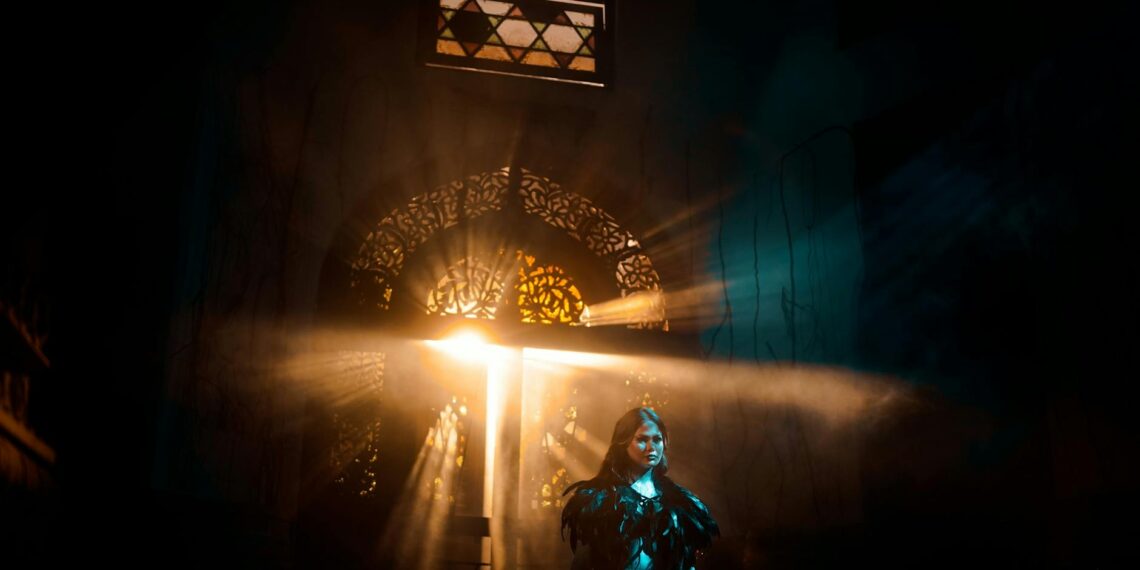Distinguishing between circulated and uncirculated coins relies on examining their physical condition for signs of wear and tear.
Here’s what to look for:
- Scratches, scrapes, dents, and blemishes: These are the most common indicators of use.
- Flattened or worn-down details: Especially noticeable on high points of the design like rims, facial features, or lettering.
- Tarnishing, spotting, or discoloration: Exposure to elements and handling can alter a coin’s original appearance.
- Lack of original mint luster: Circulated coins will often appear duller compared to uncirculated coins.
- Pristine condition: Uncirculated coins should be free from scratches, dents, and blemishes that would disqualify them from being considered uncirculated.
- Original mint luster: A bright, reflective surface, sometimes displaying a “cartwheel effect” when tilted under a light source, is a key indicator of an uncirculated coin.
- Sharp and complete details: Uncirculated coins will have crisp design details on both the high and low points of the coin.
- Smooth edges: Circulated coins often have nicks or gouges on the edges due to contact with other coins.
- Professional Grading: If you’re dealing with a graded coin, the grade itself indicates whether it’s circulated or uncirculated.
- Certificate of Authenticity (CoA): Some uncirculated coins, especially those sold in sets, may come with a CoA verifying their uncirculated status. Always check the coin against the details on the certificate if available.
- Even uncirculated coins can have minor imperfections like contact marks from the minting process or handling during packaging.
- [It takes a trained eye] to differentiate between minimal wear and wear resulting from circulation.
- For high-value coins, seeking the opinion of a professional coin grader is recommended for an accurate assessment.









How can you tell if money is uncirculated?
UNCIRCULATED (UNC): A perfectly preserved note, never mishandled by the issuing authority, a bank teller, the public or a collector. Paper is clean and firm, without discoloration. Corners are sharp and square, without any evidence of rounding. (Rounded corners are often telltale sign of a cleaned or “doctored” note.)
How can you tell if a roll of coins is uncirculated?
Luster is one of the best ways. Uncirculated coins have a reflective sheen about them. When you tilt the coin under a light source, the pattern appears to spin around the surface of the coin – some people call this the ‘cartwheel effect’. It’s one of those things that’s easier to see than it is to describe.
How to identify a circulated proof coin?
Good point! You can often tell by looking at the coin and examining it closely. Here are some features to look for: A frosted, sculpted foreground for a glamorous shine. A defined, intricate design.
Is a circulated or uncirculated coin worth more?
As a general rule, uncirculated coins are usually more valuable than circulated coins, since they’ve been kept in better condition. Most uncirculated silver and gold coins are sold at high premiums over spot price, meaning that they cost more to purchase than uncirculated coins of the same size.